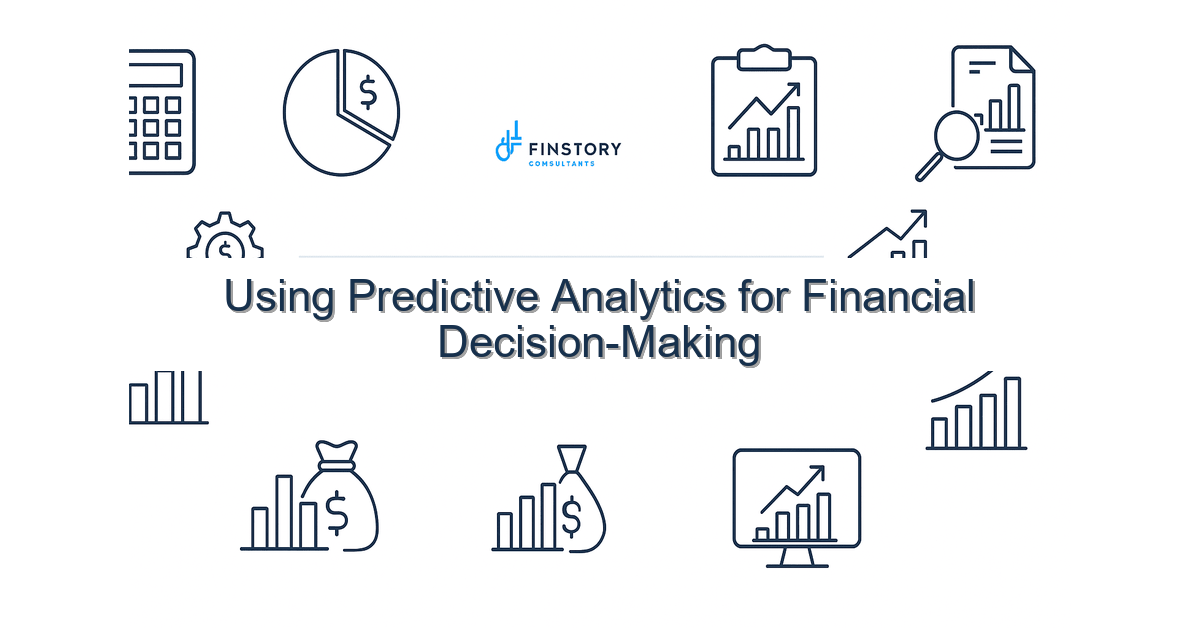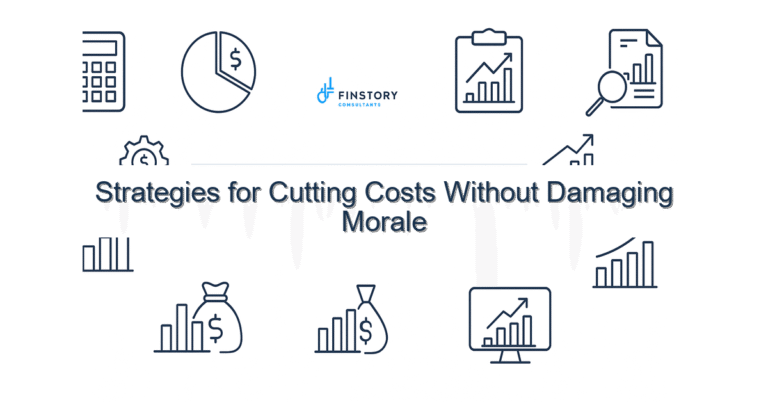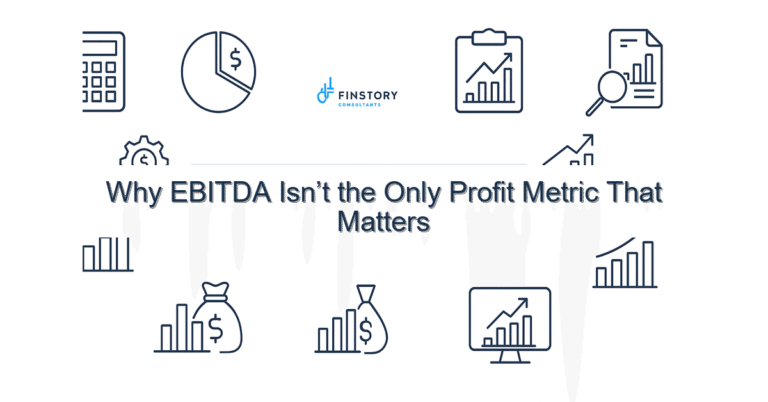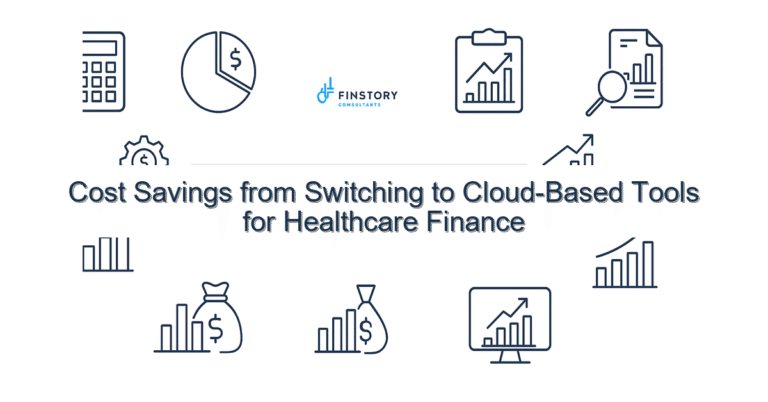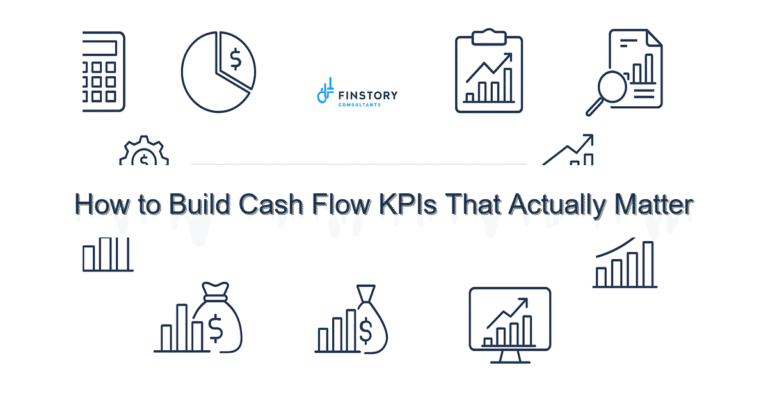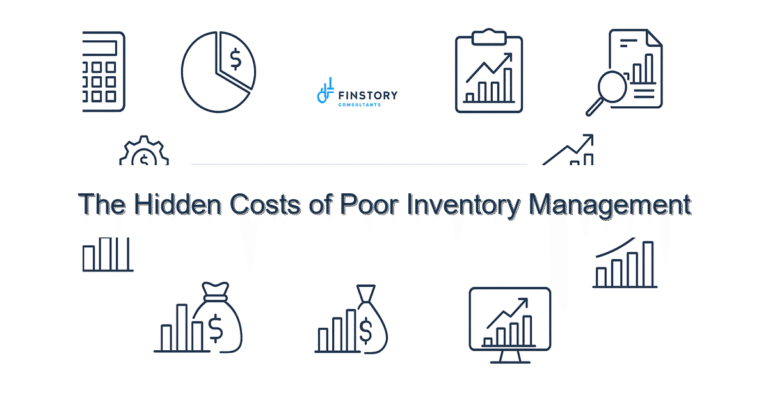Using Predictive Analytics for Financial Decision-Making
You’re responsible for keeping a complex operation solvent and agile. You get daily firefights—unexpected cash swings, ambiguous forecasts, and decisions made on gut more than evidence. Predictive analytics can change that, but only if it’s connected to the way you actually run the hospital or health system.
Summary: Predictive analytics turns historical and operational signals into forward-looking finance decisions—improving forecast accuracy, shortening planning cycles, and reducing cash surprises—so finance leaders can proactively manage revenue, expense, and capital with clarity.
What’s the real problem?
Healthcare finance lives between two realities: clinical unpredictability and strict fiscal constraints. Traditional budgeting and static spreadsheets don’t capture seasonality, payer behavior changes, or staffing dynamics. That leaves leaders reacting to problems rather than preventing them.
- Revenue volatility from payer mix shifts, denials, and variable visit volumes.
- Slow month-end close and planning cycles that can’t keep up with operational changes.
- Cashflow surprises—unexpected payment timing or spikes in labor spend.
- Leadership asks for “what-if” scenarios and the team lacks rapid, trustable answers.
What leaders get wrong
Many leaders want the benefit but keep using last-century tools. They lean on manual reconciliation, overfit hope to Excel models, or outsource analytics without embedding it into operations. That breaks trust and discourages adoption.
- Relying on static forecasts that are not updated with near-real-time operational data.
- Expecting a one-off predictive model to solve long-term process and governance issues.
- Under-investing in data hygiene—garbage in, garbage out—then blaming analytics for poor results.
- Not involving clinical and operational leaders early, so financial signals feel disconnected from care delivery.
A better approach
Think of predictive analytics as a practical toolkit, not a silver bullet. Use a focused, iterative approach that aligns models to decisions, not just to data curiosity.
- Define the decision: Identify the specific finance decisions to improve—cash forecasting, staffing budgets, or capital prioritization.
- Map inputs to outcomes: Link operational signals (ED visits, surgery schedules, denials rates) to the financial outcomes you care about.
- Build lightweight models: Start with explainable models (time series, regression) and track key metrics of accuracy and bias.
- Operationalize and test: Deploy models into dashboards and run short pilots. Use results to refine both model and process.
- Govern and scale: Establish ownership, data refresh cadence, and a feedback loop with front-line leaders.
Real story: A mid-sized regional hospital piloted a cashflow predictor tied to payer remittance patterns and ED volume. Within four months they cut cash variance against plan by 60% and reduced borrowing needs during a flu surge—saving ~ $250k in interest and short-term liquidity costs.
Quick implementation checklist
- Pick one high-impact decision to test (example: 90-day cash forecast).
- Inventory available data sources: ERP, billing, scheduling, denials, and payroll extracts.
- Run a 30-day data quality sprint to fix obvious gaps (missing keys, dates, payer codes).
- Create a simple baseline model using last 12–24 months of data.
- Build a one-page dashboard for leadership with forecast, confidence band, and top-three drivers.
- Schedule weekly review with operations and finance to validate outputs.
- Document decision rules and escalation paths when model differs from intuition.
- Define a small set of KPIs to monitor model health (MAE, bias, data freshness).
What success looks like
- Forecast accuracy improves: mean absolute error (MAE) down by 20–40% versus baseline.
- Month-end close time reduced from X days to X-2 days (target: 20–50% faster).
- Days cash on hand variance reduced by at least 30% during seasonal peaks.
- AR days reduced by 10–25% through better denials prediction and prioritization.
- ROI: model and process changes pay back within 6–12 months via reduced borrowing, overtime, and avoided capacity shortfalls.
Risks & how to manage them
- Risk: Poor data quality leads to misleading forecasts. Mitigation: Start with a data-quality sprint and publish data lineage so leaders can trace back to sources.
- Risk: Overreliance on a single model hides edge cases. Mitigation: Use ensembles of simple models and human-in-the-loop reviews for unusual periods (pandemic, strike, mass casualty).
- Risk: Lack of adoption by operational leaders. Mitigation: Co-design dashboards with users, show quick wins, and pair analytics output with clear actions.
Tools & data
Use finance automation to reduce manual reconciliations and free up analyst time. Connect operational systems—scheduling, EMR extracts, billing—to a centralized model-ready data store. For visualization and leadership reporting, Power BI is a practical choice: it integrates with common data platforms, supports refresh schedules, and creates leadership-friendly reports.
Combine: automated feeds (ERP, payroll), a model layer for predictions, and leadership reporting that surfaces both forecasts and the drivers behind them. That mix builds trust and speeds decisions.
Next steps
If you want results fast, start with a 6–8 week pilot: we’ll help identify the right decision target, assemble the data, and deliver a working dashboard for leadership review. Pilots should show measurable improvement and a clear path to scale.
Contact Finstory to design a pilot tailored to your hospital or system. We’ll map the process, stand up the dashboards, and train your team so the analytics become part of daily decision-making—not an extra task list.
Work with Finstory. If you want this done right—tailored to your operations—we’ll map the process, stand up the dashboards, and train your team. Let’s talk about your goals.
📞 Ready to take the next step?
Book a 20-min call with our experts and see how we can help your team move faster.
Prefer email or phone? Write to info@finstory.net
or call +91 44-45811170.
